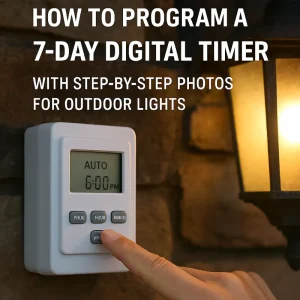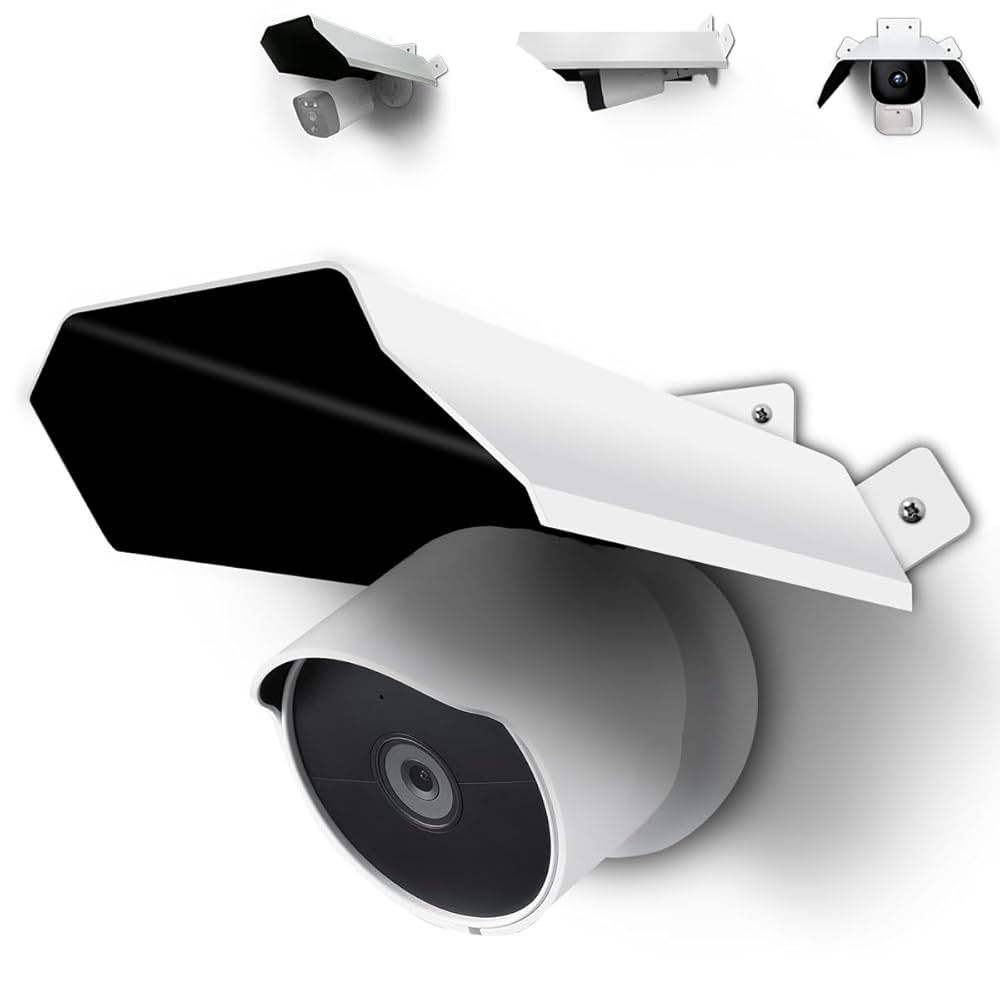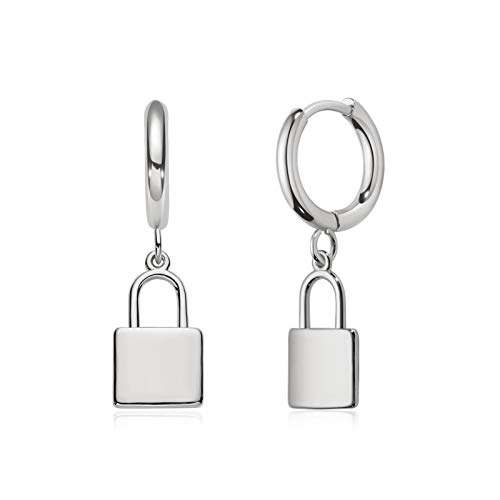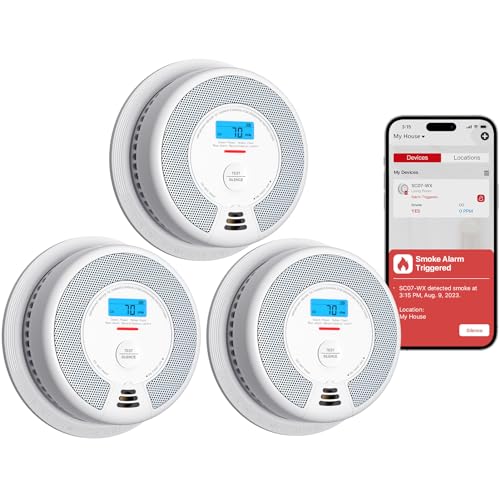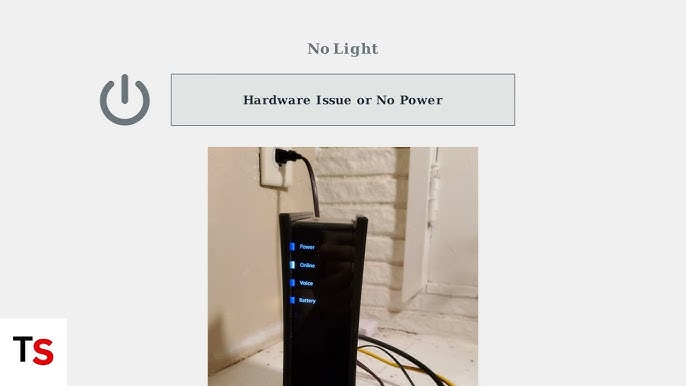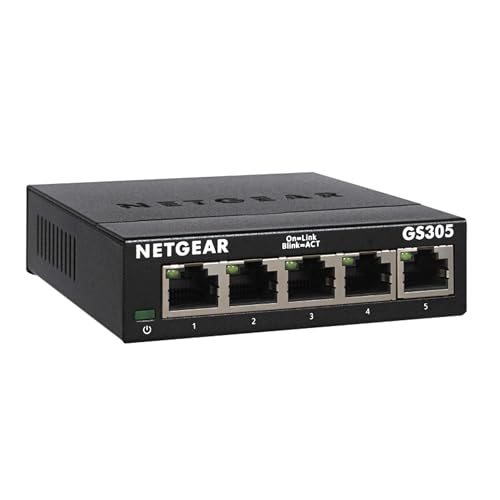Imagine coming home after a long day and your porch light turns on automatically, welcoming you with a warm glow. Sounds simple, right?
But what if you could make it even smarter—saving energy, enhancing security, and adding convenience—all with a timer you build yourself? If you’ve ever wished your porch light worked on your schedule without you lifting a finger, this guide is for you.
Keep reading, and you’ll discover easy steps to create a smart porch light timer that fits your lifestyle perfectly. Ready to make your home smarter and safer? Let’s dive in.
Benefits Of A Porch Light Timer
A porch light timer helps control when your porch light turns on and off. It makes your home safer and saves energy. You do not need to remember to switch the light.
Using a timer adds convenience and helps you automate your porch lighting. It works even when you are not home. Let’s look at the main benefits.
Energy Savings
A porch light timer stops the light from staying on all night. It turns the light on only when needed. This lowers your electricity bill.
You save energy by reducing waste. The timer can be set to turn off during the day or late at night when light is not needed.
- Turns light off automatically during the day
- Prevents lights from staying on too long
- Reduces electricity use and costs
Enhanced Security
A porch light timer helps protect your home by making it look occupied. Lights turning on at set times can scare away burglars.
It keeps your porch lit even if you forget to switch the light on. This improves safety for you and visitors at night.
- Lights turn on automatically at night
- Makes your home appear occupied
- Deters unwanted visitors
Convenience And Automation
A porch light timer frees you from turning the light on and off manually. It works on its own based on your schedule.
You can set the timer to match your lifestyle. This helps if you come home late or leave early in the morning.
- Automatic light control
- Easy to set and adjust
- Fits your daily routine
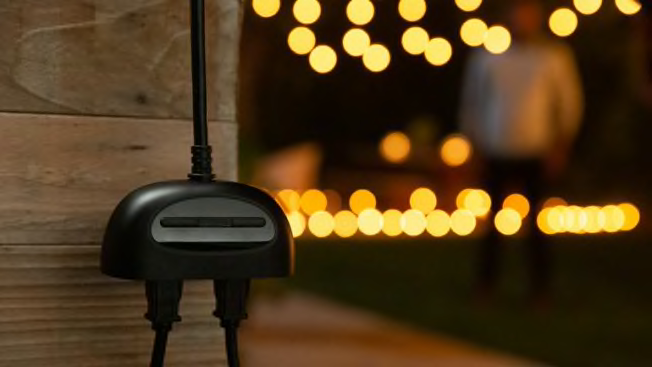
Credit: www.consumerreports.org
Choosing The Right Timer
Picking the right timer for your porch light helps save energy and adds convenience. Timers control when your light turns on and off automatically.
There are many timer types. It is important to know their features before buying one.
Mechanical Vs Digital Timers
Mechanical timers use a dial and gears to set on and off times. They are simple and easy to use.
Digital timers have buttons and a screen. They offer more precise settings and extra features.
- Mechanical timers are usually cheaper
- Digital timers allow multiple on/off times per day
- Mechanical timers may be less accurate
- Digital timers can have battery backup
Smart Timer Options
Smart timers connect to Wi-Fi and work with apps or voice assistants. You can control your porch light remotely.
They often include features like scheduling by sunset time or motion detection.
- Control lights from anywhere with a smartphone
- Set schedules that adjust automatically
- Integrate with home automation systems
- Require Wi-Fi and a compatible device
Compatibility With Porch Lights
Check that your timer fits the type of porch light you have. Some timers work only with certain bulb types or wattages.
Also, make sure the timer fits your outdoor outlet or wiring setup. Weatherproof timers are best for outside use.
- Confirm timer supports LED, incandescent, or CFL bulbs
- Choose timers rated for outdoor use
- Look for timers that match your outlet style
- Consider wiring requirements if hardwired
Materials And Tools Needed
Building a smart porch light timer needs some parts and tools. These help you set up the timer safely and correctly.
Make sure you have everything ready before you start. This saves time and avoids mistakes during the project.
List Of Components
You will need specific electronic parts for the smart porch light timer. These parts help control when the light turns on and off.
- Smart timer module (Wi-Fi or programmable)
- Relay switch compatible with your timer
- Porch light fixture or existing light socket
- Electrical wires (14 or 16 gauge recommended)
- Wire connectors and terminals
- Power adapter or batteries (if needed)
- Enclosure box to protect electronics
- Screw terminals or terminal blocks
- Optional: Light sensor (photocell) for automatic control
Required Tools
You will use some hand and power tools to build and install the timer. These tools help you connect parts and mount the timer safely.
- Screwdriver set (flat and Phillips)
- Wire stripper and cutter
- Multimeter to test electrical connections
- Drill with bits for mounting
- Electrical tape or heat shrink tubing
- Voltage tester for safety checks
- Small pliers for bending wires
- Level to align the timer box
Safety Gear
Safety gear protects you while working with electricity. Always wear the right gear to avoid accidents.
- Insulated gloves to protect from shocks
- Safety glasses to guard your eyes
- Long-sleeve clothing to cover your skin
- Non-slip shoes for stable footing
- Dust mask if drilling into walls

Credit: www.amazon.com
Step-by-step Assembly
Building a smart porch light timer lets you control your lights easily. Follow these steps to assemble and set it up correctly.
This guide shows you how to wire, mount, and test your smart porch light timer safely.
Wiring The Timer
Turn off the power at the breaker before starting. Connect the timer wires to your porch light wiring carefully.
Match the timer’s live wire to the house live wire. Connect the neutral wires together and the ground wires last.
- Connect live (usually black) wires together
- Connect neutral (usually white) wires together
- Connect ground (green or bare) wires together
- Use wire nuts to secure connections
- Check all connections are tight and safe
Mounting The Device
Choose a dry and secure spot near your porch light. Use the mounting screws that came with your timer.
Drill holes if needed and fix the timer box to the wall. Make sure it is level and firmly attached.
- Mark screw holes on the wall
- Drill holes for wall anchors if needed
- Insert anchors and screw in the timer
- Check the timer is stable and secure
Testing The Setup
Turn the power back on at the breaker. Set the timer to the desired on and off times.
Watch the porch light to see if it turns on and off as programmed. Adjust settings if needed.
- Switch on the power supply
- Set the timer schedule
- Observe light operation at set times
- Make adjustments to timer if needed
Programming Your Timer
Programming your porch light timer helps save energy and adds security. You control when the light turns on and off each day.
Setting a schedule is easy and lets you customize the light for your needs. This guide shows simple ways to program your timer.
Setting On/off Schedules
Start by choosing the times you want your porch light to turn on and off. Most timers let you set multiple on/off times per day.
Pick times that match your daily routine. For example, set the light to turn on at sunset and off at midnight.
- Use 24-hour or AM/PM format depending on your timer
- Set separate times for weekdays and weekends if needed
- Save your schedule after programming to avoid losing it
Adjusting For Seasonal Changes
Daylight changes during the year affect when your porch light should turn on. Adjust your timer to match these changes.
Some timers have automatic seasonal adjustment features. If yours does not, change the on/off times every few months.
- Set earlier on times in fall and winter when it gets dark sooner
- Set later off times in summer when nights are shorter
- Check your timer settings regularly to keep them accurate
Using Mobile Apps (if Applicable)
Some smart porch light timers connect to mobile apps for easy control. The app lets you change schedules from anywhere.
You can also set vacation modes or manual overrides using the app. This adds convenience and helps save energy.
- Download the app from your device’s app store
- Connect the timer to your home Wi-Fi network
- Use the app to create and update schedules instantly
- Receive alerts if the timer stops working or needs attention
Troubleshooting Tips
Building a smart porch light timer can make your home safer and more convenient. Sometimes, the timer may not work as expected. Troubleshooting helps fix common problems quickly.
Use simple checks and fixes before calling for help. This guide covers common issues, easy solutions, and when to get a professional.
Common Issues
Your smart porch light timer might face these usual problems. Knowing them helps you find the right fix fast.
- The timer does not turn the light on or off at the set time
- Light flickers or turns off unexpectedly
- The timer loses connection to Wi-Fi or smart home system
- The timer display is blank or unresponsive
- The light stays on all night or does not respond to commands
Quick Fixes
Try these simple steps to solve most timer problems. They save time and avoid extra costs.
- Check if the timer is properly plugged in and powered
- Reset the timer by turning it off and on again
- Ensure the light bulb is working and tightly screwed in
- Verify your Wi-Fi connection and reconnect if needed
- Update the timer’s firmware or app software
- Reprogram the timer settings according to your schedule
- Clear any physical obstructions blocking light sensors
When To Seek Professional Help
If quick fixes do not solve the issue, it is time to ask an expert for help. Some problems need special tools or knowledge.
Contact a licensed electrician or smart home technician if:
- The timer shows error codes you do not understand
- There is a burning smell or sparks near the timer
- You suspect wiring problems or electrical faults
- The timer repeatedly fails after resets and updates
- You want to upgrade or move the timer to a new location
Additional Energy-saving Tips
Saving energy with your porch light timer helps reduce electricity bills. Small changes make your lighting more efficient.
Use smart ideas to keep your porch bright but save power. These tips work well with your timer setup.
Using Led Bulbs
LED bulbs use less energy than traditional bulbs. They last much longer and shine bright on your porch.
Switching to LED lights lowers power use and cuts replacement costs. Choose bulbs with warm light for comfort.
- Use LED bulbs to save up to 80% energy
- Pick bulbs with at least 800 lumens for brightness
- Choose warm white color for a welcoming feel
- LED bulbs last over 10,000 hours on average
Incorporating Motion Sensors
Motion sensors turn lights on only when someone is near. This stops lights from running all night.
Adding sensors saves energy and adds security. Lights flash on when movement is detected around your porch.
- Install sensors to activate lights on movement
- Set sensor time delay to avoid long on-times
- Use sensors with adjustable sensitivity settings
- Combine sensors with timers for best results
Optimizing Light Placement
Place lights where you need them most. Avoid lighting empty spaces to save power and improve effect.
Good placement shows your porch clearly and uses less energy. Focus light near doors and walkways.
- Position lights near entry points and steps
- Avoid lighting large empty walls or yards
- Use downward-facing fixtures to reduce glare
- Group lights to cover key areas efficiently

Credit: www.aliontimer.com
Frequently Asked Questions
What Is A Smart Porch Light Timer?
A smart porch light timer automates your outdoor lighting. It allows you to set schedules for turning lights on and off. This enhances convenience and security. Smart timers can be controlled via smartphone apps. They often integrate with smart home systems for added functionality.
How Does A Smart Porch Light Timer Work?
A smart porch light timer uses programmable schedules to control lighting. It connects to your home’s Wi-Fi network. You can adjust settings through a compatible app. Some timers offer features like dusk-to-dawn sensors. This ensures your lights operate efficiently and only when needed.
Can I Install A Smart Porch Light Timer Myself?
Yes, you can install a smart porch light timer yourself. Most models come with detailed instructions. Basic knowledge of electrical systems is helpful. Always follow safety guidelines. If unsure, consult a professional electrician for assistance. Proper installation ensures optimal performance and safety.
What Are The Benefits Of Using A Smart Porch Light Timer?
Smart porch light timers offer several benefits. They enhance home security by automating lighting. Energy efficiency is improved, reducing electricity bills. Convenience is increased with remote control via smartphone apps. They also offer customization for various lighting needs. Integration with smart home systems adds additional features.
Conclusion
Building a smart porch light timer saves energy and adds security. You control when lights turn on and off easily. It helps your home look lived in, even when you’re away. Setting up the timer is simple and does not take long.
This small change can make a big difference in your daily life. Try it today and enjoy a brighter, safer porch every night.
21 min read

